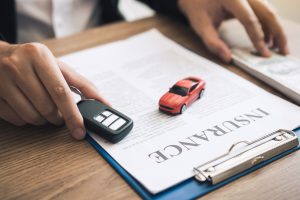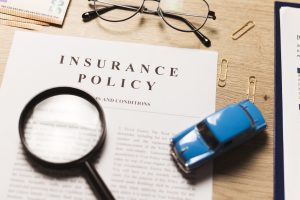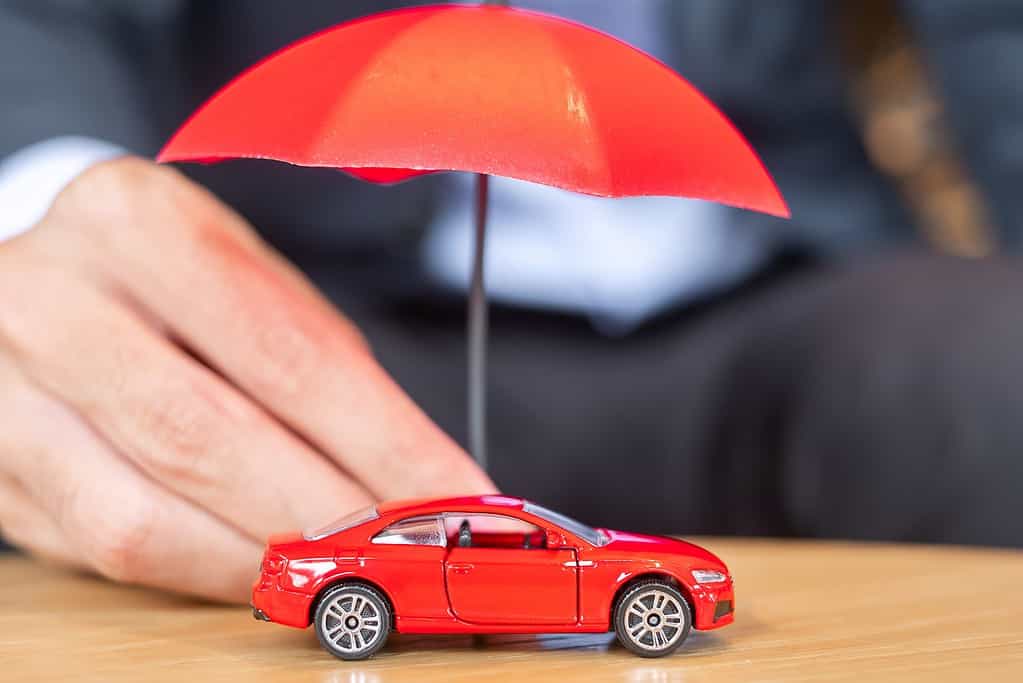Auto insurance is a requirement in most states, but what does it actually cover?
Most people have a general idea that their car needs to be insured in the event of an accident, but what type of policies exist and how do they differ?
Full auto coverage is a term used to describe a type of car insurance policy that provides comprehensive coverage. This means that it will cover everything from accidents to car theft and vandalism.
In general, full auto coverage will protect you from any financial responsibility if your car is damaged or destroyed. It may also cover your medical expenses and the damages incurred by your passengers in the event of an accident.
Understanding the Difference Between Liability Coverage and Full Coverage
While purchasing your car insurance, you will likely be faced with the choice of liability coverage or full coverage.
Liability coverage is the basic level of insurance, and it only covers damages you are responsible for. This includes damage to other people’s cars and injuries that occur as a result of an accident that you are at fault for.
Liability coverage does not cover damage to your own car. So, if you are involved in an accident, and you only have the minimum required liability coverage, you will foot the cost of your car repair from your own pocket.

As its name suggests, full coverage provides comprehensive coverage for your car. This means that it will cover damages caused by accidents, theft, and vandalism. It will also cover the damage suffered by any passengers in your vehicle at the time of the accident.
Full coverage is more expensive than liability coverage, but it is worth the investment if you want to be fully protected.
What Are the Most Common Types of Car Insurance Policies?
Other than full auto coverage, there are a few other types of car insurance policies that you should be aware of. Here are the most common ones that you need to know.
1. Liability Coverage
Auto liability coverage is the most basic type of car insurance. It provides coverage for damages you cause to other people or their property. This type of policy is required in most states, so it’s a good idea to have it even if you don’t think you need it.
Every state has a minimum amount of liability coverage that you must have, but it’s generally not enough. You should get as much coverage as you can afford so that you’re protected in the event of an accident.
2. Full Coverage
Full coverage is a type of auto insurance that protects your vehicle from a wide range of potential risks. It’s not required by law, but if you have a loan or lease on your car, your lender will probably require you to have it.
Full coverage includes collision and comprehensive insurance, which cover damages to your car regardless of who is at fault. It also usually includes uninsured motorist protection, which covers damages if you’re hit by a driver who doesn’t have insurance.
If you don’t have a loan or lease on your car, you may not need full coverage. But if you can afford it, it’s a good idea to have it so that you’re fully protected in the event of an accident.
3. Collision Coverage
Collision insurance covers damages to your own car if you’re involved in an accident. It doesn’t matter who is at fault – if you hit another vehicle or vice versa, your collision coverage will pay for the repairs.
If you have a loan or lease on your car, your lender will probably require you to have collision insurance. But even if you don’t have a loan, it’s a good idea to have it because accidents can be expensive.

When you are involved in a car accident, your liability coverage will only pay for damage you cause to other parties involved in the accident. It doesn’t cover you in any way.
Therefore, if your car is damaged in the process, you will be required to foot the cost of repair out of pocket. This is where collision coverage comes into play.
4. Comprehensive Coverage
Comprehensive insurance covers damages to your car that are not caused by a car accident. This includes things like fire, theft, vandalism, and weather damage.
Like collision insurance, comprehensive coverage is not required by law. But if you have a loan or lease on your car, your lender will probably require you to have it.
And even if you don’t have a loan, it’s still a good idea to have comprehensive coverage because the unexpected can happen when you least expected it.
5. Uninsured/Underinsured Motorist Coverage
One of the best ways to ensure you’re fully protected in case of an accident is to have uninsured/underinsured motorist coverage.
This type of coverage protects you if you’re involved in an accident with a driver who doesn’t have insurance or who doesn’t have enough insurance to cover the damages they’ve caused.
In most states, it’s illegal to drive without at least the minimum amount of auto liability coverage. But unfortunately, there are still a lot of people out there who do it.

If you’re involved in an accident with one of the uninsured drivers, your uninsured motorist coverage will pay for the damages.
This type of coverage is not required by law, but it’s a good idea to have it because you never know when you will need it.
6. Personal Injury Protection (PIP)
Medical payments coverage, also known as personal injury protection (PIP), covers medical expenses for you and your passengers if you’re involved in an accident. It doesn’t matter who is at fault – if you’re injured in an accident, your medical payments coverage will pay for the medical bills.
Some states require PIP coverage, but it’s a good idea to have it even if yours doesn’t. Medical expenses can be expensive, and this coverage can help you get the best medical care when you are injured in a car accident.
7. Rental Reimbursement Coverage
A rental reimbursement coverage pays for the cost of a rental car if your car is damaged in an accident. It can be helpful if you don’t have another form of transportation while your vehicle is being repaired.
However, it doesn’t apply if your car only needs routine maintenance work or if you need to rent a vehicle on vacation.

Rental car reimbursement coverage pays for a rental car or alternative transportation such cab rides or bus fare only if you need a car for a covered loss.
The Bottom Line
Auto insurance is essential because it can protect you from expensive damages in the event of an accident. There are different types of coverage, and which ones you need will depend on your individual circumstances.
But in general, it’s a good idea to have at least liability, collision, and comprehensive coverage. You may also want to consider uninsured or underinsured motorist coverage and medical payments coverage. And if you’re ever in need of a rental car when your car is being repaired for a covered loss, rental reimbursement coverage can be a lifesaver.
We hope this article has helped you understand a little bit more about auto insurance and why it’s so important. If you have any further questions, please don’t hesitate to reach out to us for further help.

